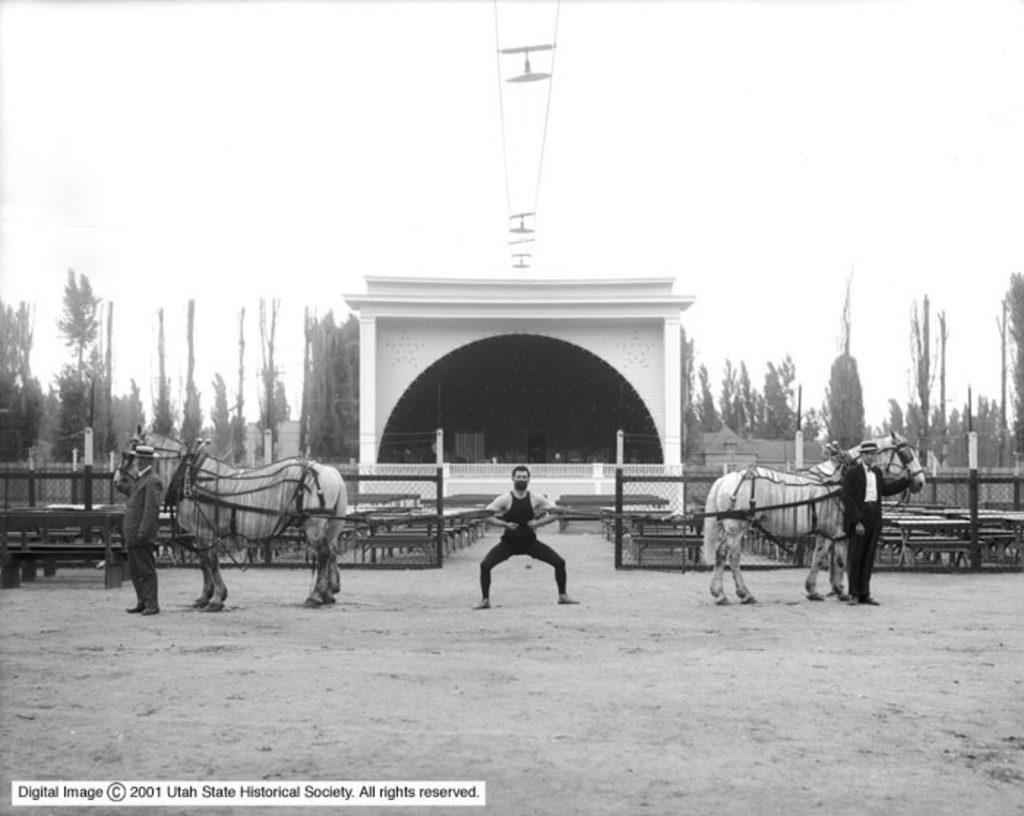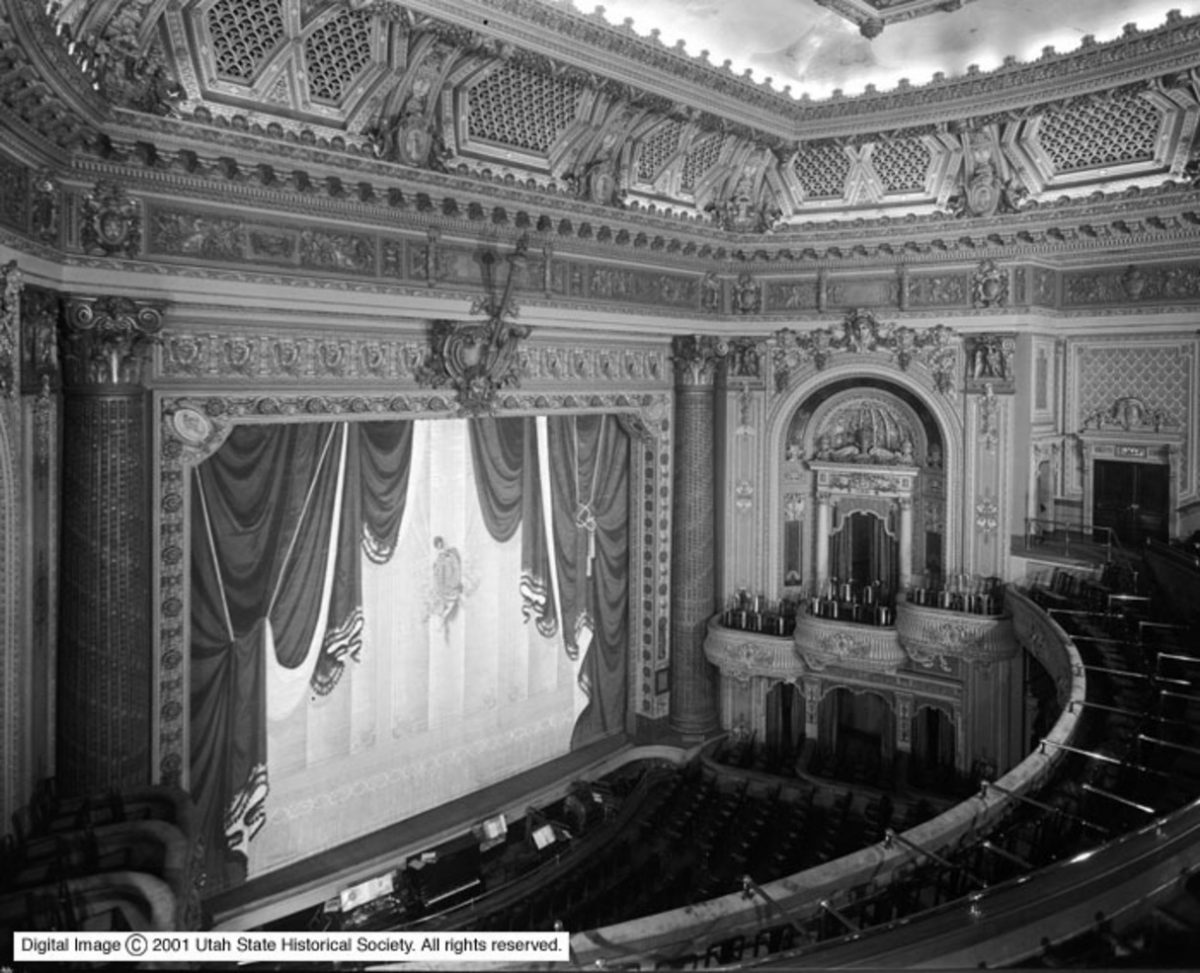By Kevin Fayles, Assistant Director of Operations
Since 1952, we have had an unbroken streak of 67 annual Utah State Historical Society conferences. To put things in perspective, here are some facts from that year:
- The average cost of a new house – $9,050.
- The cost of a gallon of gas – 20 cents.
- Average cost of a new car – $1,700.
- Average cost of rent – $80 a month
- A pound of hamburger meat – 53 cents.
Just as we believe our conference was in 1952, there is no charge for this year’s conference, “Long View of History.” We hope to have more than 400 attendees. Are you one of them? (The deadline to RSVP was last Friday.)
While most of my colleagues will lend a hand on the day of the conference, only six staff have planned it. We run very lean here. We have to. The Division of State History currently has only 25 full-time staff, nine part-time staff, and ten interns/volunteers.
Our little committee of six has developed the programming for the conference. We’ve worked with nearly 40 presenters, including our keynote speaker and several panels. We’ve worked on the logistics for A/V, caterers, set-up, take-down, and everything else in between. We’ve engaged in some fundraising (and could use your help for next year’s conference). We’ve marketed our conference through partners, community calendars, email blasts, and social media. We’ve written scripts, created powerpoints, and “held hands” with a few folks. Our conference is a good example of how a handful of staff can accomplish big things.
So while the annual conference is our most visible public activity this week, let’s peek around the curtain to have a sense of some of the other, less visible activities we have this week:
- Convening a group of partners to explore collaboration on K-12 activities.
- Holding a workshop in Davis County for teachers interested in our Utah History Day program, which is our education program for 4th to 12th grade students. (Over 6,700 students participated in this last year, and it’s run by two part-time staff. How’s that for efficiency?)
- Meeting with interpretative planners for the proposed new collection facility.
- Meeting with the Bureau of Reclamation to explore a Memorandum of Agreement. (While these kinds of agreements are not particularly sexy, they can be very helpful, saving taxpayers funds and leading to greater efficiencies.)
- Teaching at an OSHER class on archaeology at the University of Utah for older Utahns.
- Meeting with two consultants to help organize the collections in our basement (more than 30,000 historic artifacts; over 30,000 manuscripts; several thousand pamphlets; over 1 million historic photos; and more).
- Participating in the Rural Coordinating meeting to explore how we (and our partners) can have a stronger impact on rural Utah.
And here’s another list of external partners we meet with during the year. You have probably not heard of most of these groups, but I’m opening the curtain so you can have a peek:
- Historic Trails Consortium
- Board of State History
- Library Catalog Consortium
- Utah Manuscripts Association
- Respect & Protect
- Crossroads of the West Historic District
- Utah Geographic Names Committee
- World War II Memorial Commission
- Native American Remains Review Committee
- Preservation Utah
- Utah Professional Archaeological Council
- Canyon Country Partnership
- Interagency Committee
- And more than a dozen other groups.
Again, keep in mind our small number of staff. We take care of our day-to-date responsibilities, while magnifying our influence through partnerships.
So while our annual conference is the most visible “product” that most Utahns will see this week, we continue to work very hard both publicly and “behind the curtain” serving the people of Utah. I have jokingly called us “the mighty little division.” We are definitely little, but we are mighty beyond our numbers of staff due to external partnerships, efficiencies through technology, and committed staff.


